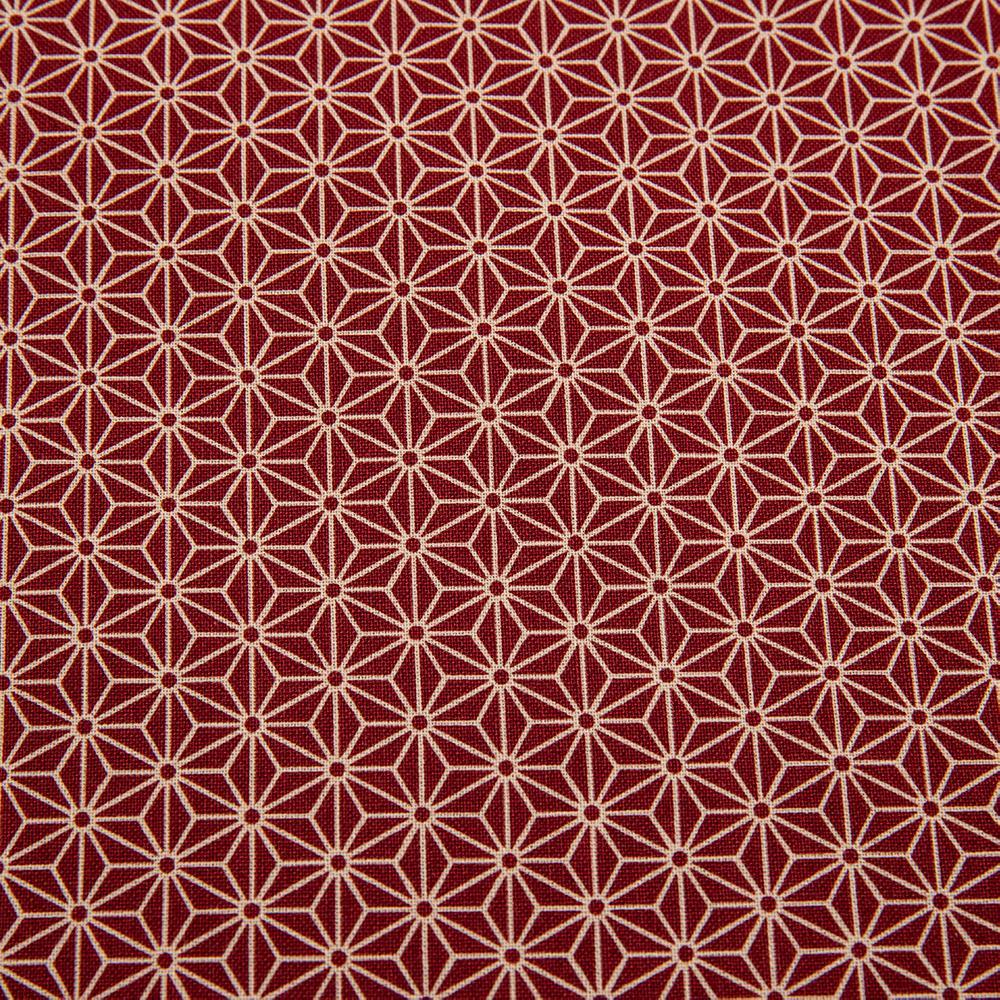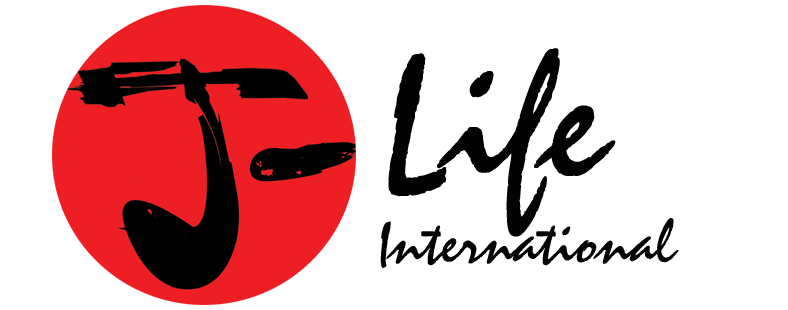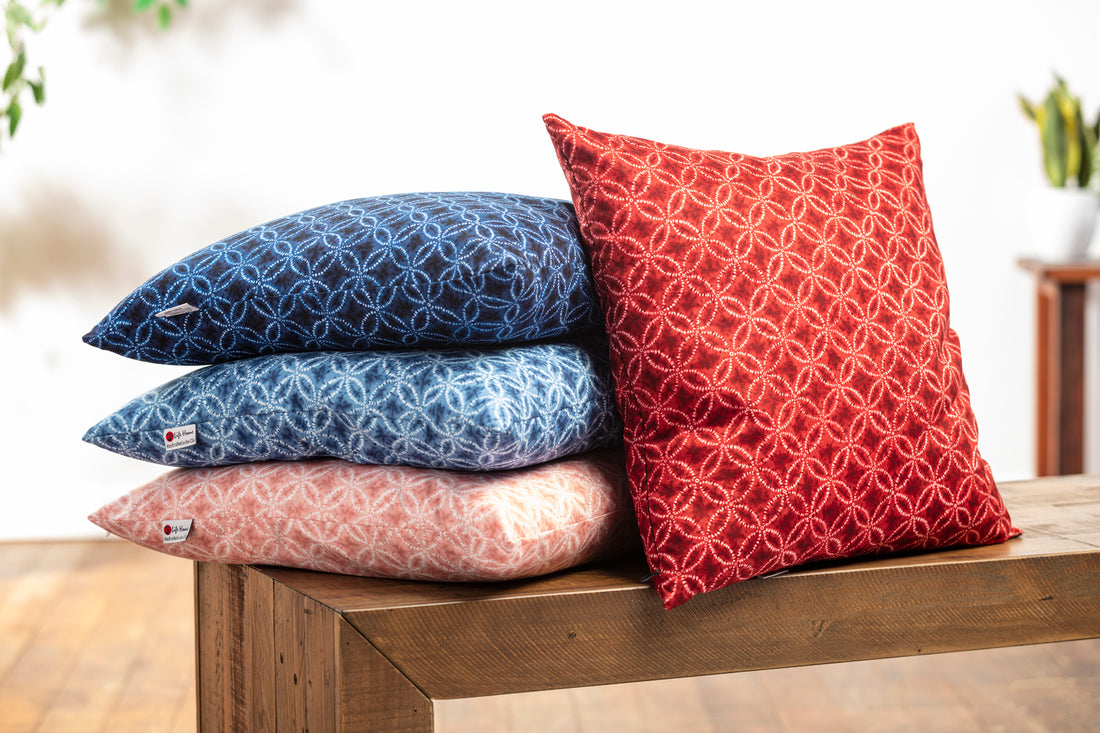Founded in 660 BC and ranked as having the third highest GDP in the world, Japan is one of the oldest and most prosperous modern nations. After over 2,600 years in existence, Japan has cemented itself as a nation known for having a rich history and culture. From art, to food, to religion, Japan has played a major role in almost all facets of modern human history. One specific niche Japan has developed a longstanding influence in is textile art- specifically patterned fabrics. In this blog we will be looking at a few of the most iconic and traditional Japanese fabric patterns.
- Seikai Ha (Seigaiha; 青海波)
One of the most recognizable patterns on this list, the traditional seigaiha pattern first appeared in Japan in the 6th century after Japanese cartographers imitated it from ancient Chinese maps. Both cultures used the pattern of repeating semi-circles to represent bodies of water on maps, hence the wave-like shape of the design. Over the centuries, seigaiha has become an iconic Japanese pattern not just associated with historical Japanese textile art, but is now also seen in art, clothing, tableware, and more.

Pictured: Imported Japanese Fabric - Jumbo Seika Ha Green
- Asa No Ha (Asanoha; 麻の葉)
Another one of the most famous Japanese textile patterns, the 6-sided star shape that is iconic of the asanoha pattern is inspired by hemp leaves. Hemp is known as a sturdy, resilient, and fast-growing plant that has become a symbol of strength and vitality in Japan. Because of this association, asanoha is commonly found on children’s clothes and items in hopes that it helps them to develop the same healthy qualities as the plant.

Pictured: Imported Japanese Fabric - Asa No Ha Red
- Shippo (Shippo-tsunagi; 七宝つなぎ)
The shippo pattern originates from traditional Japanese cloisonne (enamel art) and eventually came to be widely used across Japanese art and textile styles. Its name means “seven treasures''- a reference to the seven treasures of Buddhism- and the circular shape represents unending harmony. The collection of J-Life fabrics in this pattern also combines the look of Japanese shibori fabric dyeing technique (Japanese tie dye) with the shippo pattern to create a geometric design that takes inspiration from multiple traditional Japanese art forms.

Pictured: Imported Japanese Fabric - Taidai Pink
- Igeta (井桁)
This simple pattern consists of a grid-like design that resembles the “hashtag” or pound symbol (#). The origins of the igeta pattern are unclear, but what is known is that it dates back many centuries in Japanese art and textiles and represents the wooden frame of a well. Wells are seen as powerful and spiritual objects in Japan, mostly due to the plentitude of folklore centered around them and their connection with water; a symbol of the purity and flow of life itself.

Pictured: Imported Japanese Fabric - Hiro Navy
- Kanoko (鹿子)
Kanoko pattern is another Japanese fabric pattern that, like shippo, is inspired by a type of Japanese shibori (tie dye). This simple spotted pattern is often called the “fawn skin” or “fawn spots” pattern, thanks to its similarities with the spotted colorations found on a baby deer’s (fawn’s) back.

Pictured: Imported Japanese Fabric - Dotto Tan
- Same-Komon (鮫小紋)
Same-komon pattern looks somewhat like a spotted version of the seikai ha pattern, but is in fact its own unique pattern. It got its name from its alikeness to the look of a shark’s skin. Same-komon is commonly used as a background pattern for other, more complex patterns, particularly in Japanese kimono (着物) patterns; the traditional Japanese dress.

Pictured: Imported Japanese Fabric - Toransu Navy
- Yagasuri (Yabane; 矢羽根)
The geometric shape of the yagasuri pattern represents the fletching (feathers) on the ends of arrows; archery was an important skill in ancient Japanese society. In 18th and 19th century Japan, it was traditional for brides to be gifted a kimono with this pattern on it. Like an arrow being shot, the bride is not supposed to return [to her parents.] It has since become a symbol of wealth and good luck for those who wear fabrics in this pattern.

Pictured: Imported Japanese Fabric - Ya Gasuri Light Blue
To learn the history behind more of our fabric designs, check out our blog: 5 Japanese Fabrics Inspired by Nature.

